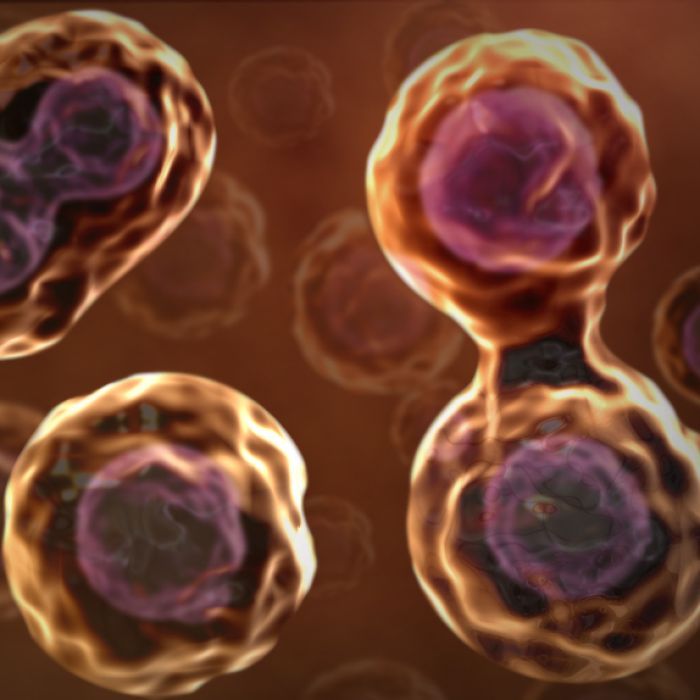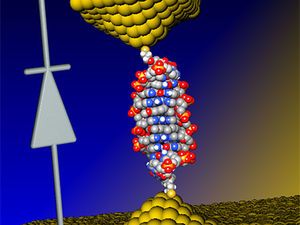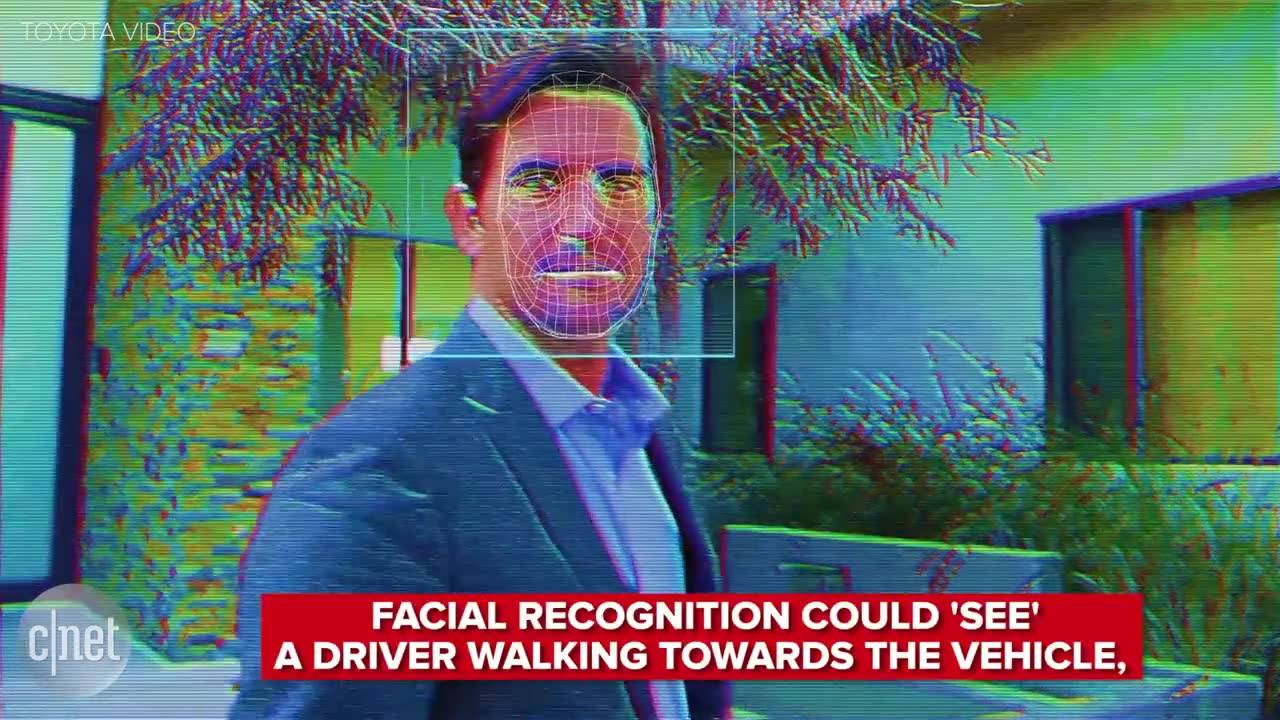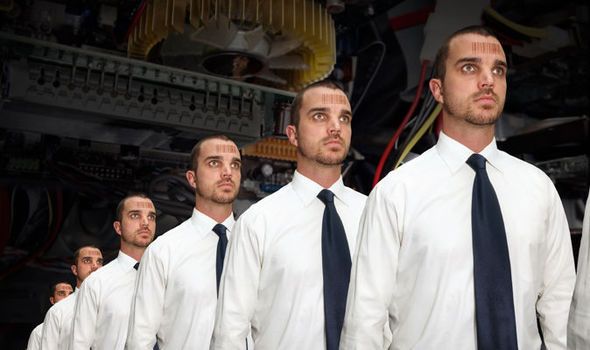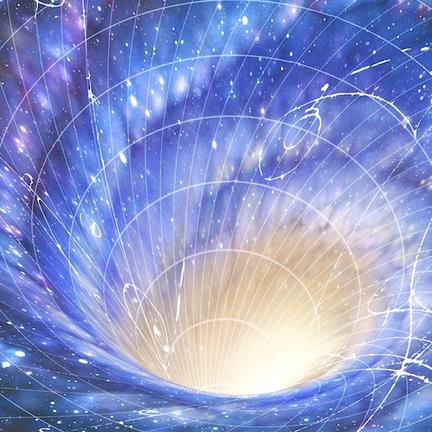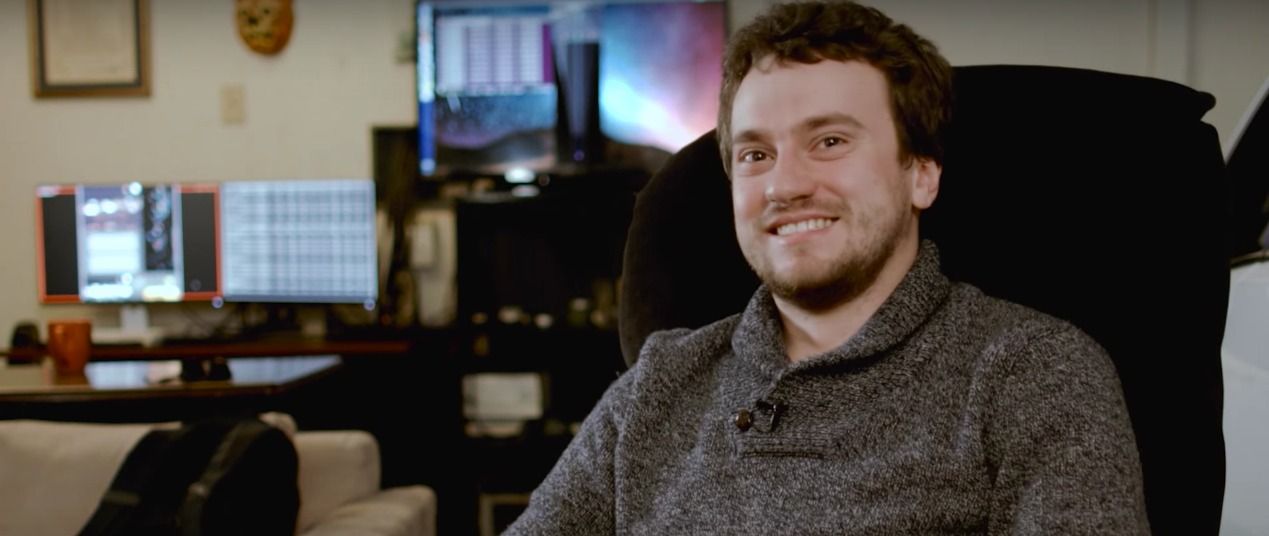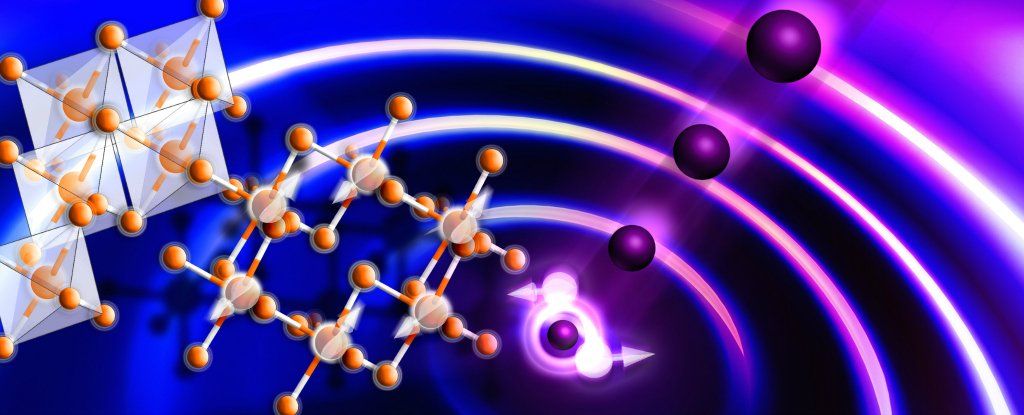Apr 5, 2016
Why the Future of Space is Brighter than Ever
Posted by Klaus Baldauf in categories: economics, government, space
You may think I’m biased when I say investments in innovation across the space industry are growing, but the proof is all around us.
Growing by nearly 10 percent in just one year, the global space economy has reached a total of $330 billion worldwide, according to a 2015 Space Foundation report. Specifically, commercial space activities grew by 9.7 percent in 2014, while government investments in space saw a combined growth of 7.3 percent. And the part of space that’s most visible to us — rocket launch attempts — also increased from 81 attempts in 2013 to 92 in 2014.
These are promising statistics, and we’re seeing this growth in investment firsthand as we’ve witnessed some pretty incredible accomplishments throughout the industry over the past year.
Continue reading “Why the Future of Space is Brighter than Ever” »

